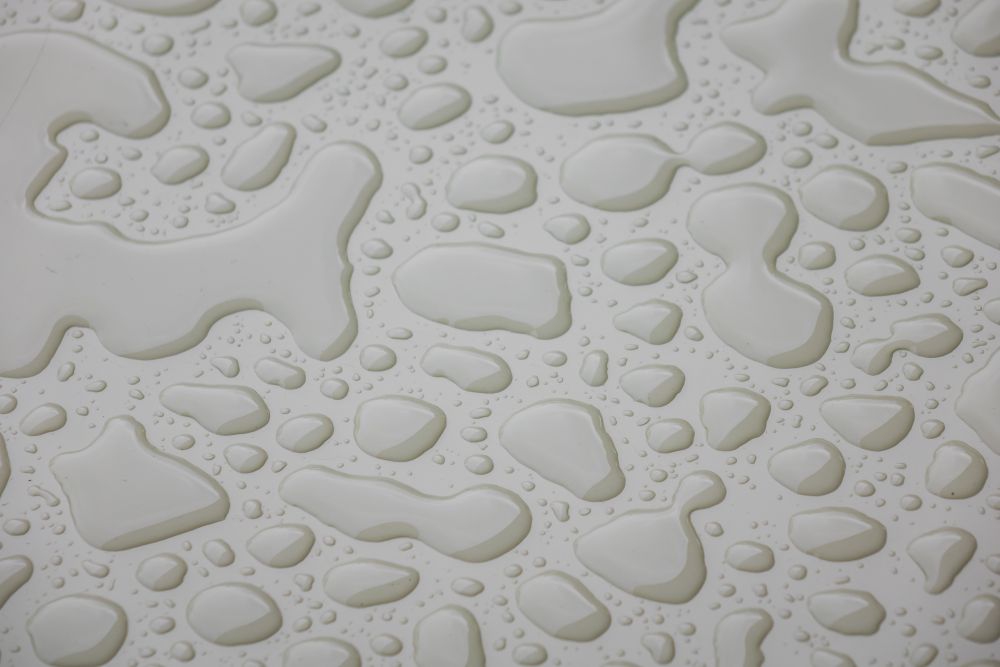How to Wax a Car at Home Like a Professional
Waxing a car at home can provide a professional-looking finish when approached with the right tools and techniques. To begin, gather high-quality wax, microfiber cloths, a foam applicator pad, detailing brushes, and a clay bar. Prepare the vehicle by washing it thoroughly, using a clay bar to remove contaminants, polishing for a smooth finish, and wiping the surface clean. Apply the wax in small, circular motions, working section by section to create a thin, even layer. Allow the wax to haze before buffing it off to reveal a polished shine.
Consistent pressure and careful attention ensure a uniform finish. For optimal results, consider consulting an expert car detailing team in Grovetown, GA, for advice or services. Following these steps carefully protects your paint while giving your car a long-lasting, glossy appearance.
Essential Tools and Materials
Successful car waxing requires a few essential tools and materials. Begin with a high-quality car wax that matches your vehicle’s paint type. Natural waxes, such as carnauba, provide a warm glow, while synthetic waxes tend to last longer. Microfiber cloths are indispensable for applying and buffing wax without scratching the surface. A foam applicator pad helps spread wax evenly, while detailing brushes reach intricate areas like trim and badges.
Using a clay bar removes embedded debris before waxing, leaving the surface smooth and ready for protection. A dual-action polisher is optional but can save time and improve consistency; however, hand application is effective when done carefully.
Pre-Wax Preparation Steps
Proper preparation is critical for a professional finish. Begin by washing the car with a pH-neutral soap to remove dirt, grime, and any previous wax residue. Follow with a clay bar treatment to eliminate stubborn contaminants such as tree sap, tar, and industrial fallout that washing alone cannot remove. Polishing the paint removes swirl marks and light scratches, enhancing the overall gloss for a smoother surface.
Finally, wipe the car down with a paint-safe cleaner or isopropyl alcohol to ensure no remaining impurities interfere with the wax’s adhesion. Taking the time to prepare the surface thoroughly ensures the wax bonds well and produces a deep, uniform shine.
Applying the Wax Properly
Once the car is clean and dry, apply wax using a microfiber applicator pad in small, circular motions. Work section by section to ensure even coverage, applying a thin, uniform layer. Allow the wax to haze according to the product instructions before buffing it off. Avoid over-applying, as excess wax can be difficult to remove and may create streaks.
Using gentle, consistent pressure helps maintain a smooth surface and enhances the paint’s natural depth. Paying attention to detail during application guarantees a polished and durable finish that protects your vehicle’s paint for months.
Buffing for a Flawless Finish
After the wax has cured, buffing reveals the final glossy result. Use a clean microfiber or foam pad, applying even pressure while working in small, overlapping circular motions. Focus on each section to remove all haze and residue.
Examine the car under different lighting angles to ensure the shine is uniform across the surface. Careful buffing prevents streaks and swirl marks, leaving a reflective, mirror-like finish that highlights the vehicle’s paintwork.
Maintaining the Shine
Maintaining a freshly waxed car requires a consistent care routine. Wash the car regularly with a pH-neutral soap to remove dirt, dust, and contaminants that can dull the finish. Between washes, quick detailer sprays can refresh the shine and remove minor dust. Monitor the paint for early signs of oxidation or dull spots and address them promptly with a light polish.
Parking in shaded areas or using a car cover can protect the paint from UV rays and environmental pollutants, preserving the waxed finish. Following these practices ensures the car maintains its vibrant, glossy appearance over time.
Expert Tips and Troubleshooting
Achieving a lasting, professional finish is easier when attention to detail is prioritized. Ensure the surface is fully clean before waxing, and apply the wax with consistent circular motions to cover the entire area evenly. Selecting high-quality wax and applicators can make a significant difference in the final shine.
If streaks, haze, or swirl marks appear, address them promptly by lightly buffing the affected area or reapplying wax. Consulting an expert car detailing team can provide guidance for resolving persistent issues or for advanced techniques, helping to maintain the vehicle’s paint in top condition.
Related Topics:


.png)


